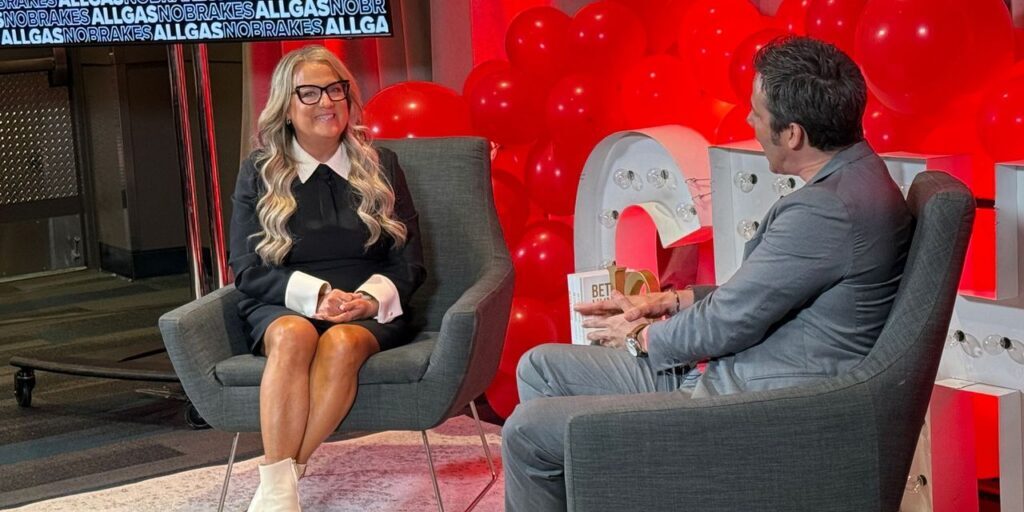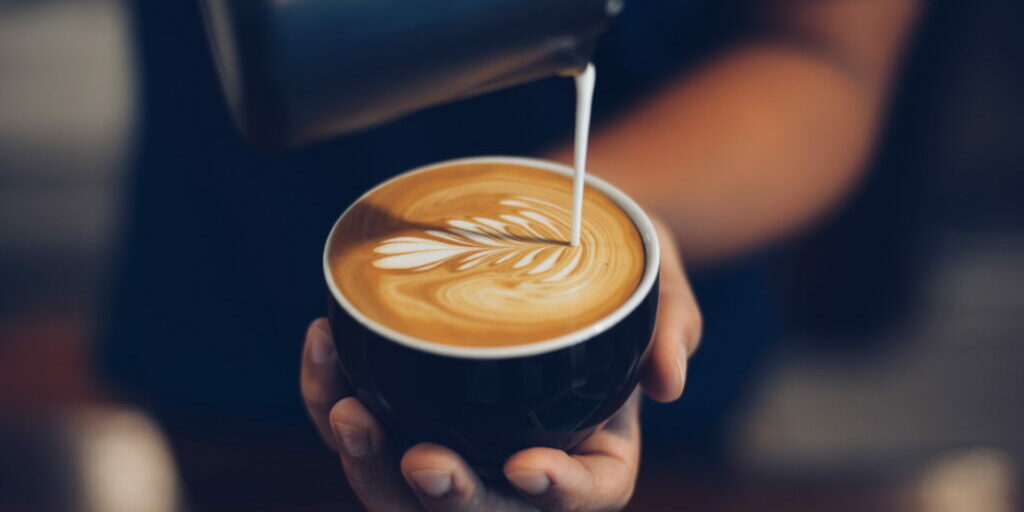Why am I going second? Julie, seriously this has to be a mistake. Right? It makes absolutely no sense.
Julie, my agent, assured me it would be just fine. I wasn’t so sure. At that time, my speaking career had momentum, but following Simon Sinek without a break in the agenda was getting the best of me over breakfast. Surely someone should have realized that it would be way, way better if I went first.
Turns out Julie was right. It was fine and furthermore, it was a pivotal moment for me proving that I actually did belong. The order was irrelevant.
Odds are, you belong too. A crisis of confidence can happen to all of us. It’s estimated that 70 percent of Americans have dealt with imposter syndrome. And that’s OK. There’s nothing wrong with having doubts. It’s healthy. It’s part of the human condition. It can force us to push ourselves outside of our comfort zones and achieve new things.
But sometimes, doubt can creep up at the worst possible times — crippling us even — and we have to pull it together on the fly. Here are a few ways to make sure you always bring your best self to the workplace — and unleash the superhero you need to be for success.
Mind Your Body Language
For some of us, our doubts can kick in … at our desks. If we’re not intentional about how we spend our day, our desk can become a prison, sapping us of the energy and confidence we need to succeed.
How we’re sitting — or standing — throughout the workday makes a big difference in our sense of wellbeing. So I want you to do something for me. No matter how you’re reading this article — whether you’re sitting at your desk, looking at your phone on the subway, or browsing your tablet on the plane — stop and notice how your body is positioned. Are you sitting up straight? Slumping?
Now think about how often you slump in your chair during a conference call. Or while reviewing a spreadsheet.
When we’re in a slump, we slump. Many experts think there’s actually a connection between our physiology and our psychology. According to Psychology Today, sitting up straight might help alleviate symptoms of depression. And numerous studies have shown that walking helps us think and be more creative.
So sit up straight. Take a walk and get yourself out of that slump. You’ve got the power to do this.
Envision Your Powerful Future
Visualization is a powerful tool that uses the power of our imagination to help us see the path forward. And when we create a compelling vision of the future, we are better able to understand where we want to be — and reverse-engineer the small steps it will take to get us there to become FutureMakers.
I attended a retreat at the Hoffman Institute, where I was introduced to this incredibly effective visualization exercise. I’ve found it enormously helpful any time I get stuck, whether it’s with a small task during my day, or I’m confronting inflection points in both my professional and personal lives:
S.T.O.P.
Even if you may be unfamiliar with mindfulness, it’s a word you’ve certainly heard before. But don’t be intimidated by the concept — or the negative connotations the term “mindfulness” may conjure. I love this definition of “mindfulness” from Clif Smith, EY’s Americas Mindfulness Leader. Mindfulness, he says, is “paying attention in the present moment, on purpose, without judgment, with an attitude of kindness and curiosity.”
Mindfulness is simply attention training, and mindfulness exercises can better increase your awareness of your sense of self. And when you’re feeling overwhelmed, try this exercise Clif recommends. It’s called the S.T.O.P. Exercise:
- S: Stop whatever it is you’re doing.
- T: Take a breath. Try to feel your breath. Notice it as you breathe in and out.
- O: Observe the environment around you. Then observe the environment inside you. What’s going on? What are your thoughts and emotions? It’s OK if they’re negative. Notice them — and then let them be.
- P: Pose the question: “What’s important now?” Then, proceed with intention.
This simple awareness exercise could be just the boost you need to make your next move.
Just Be You
These exercises will help you get out of a jam, but they are no substitute for a steady commitment to authentic self-care. After all, what’s your greatest superpower? It’s simply being yourself. When we decide to show up as ourselves, we connect with people more easily. We’re able to serve people at their place of highest need, and we’re better equipped to handle any adversity that might come our way.
But we’ve all felt imposter syndrome, and we all know that simply waking up every morning is no guarantee that we’ll be our best selves every day. Cultivating our best self takes effort. It’s why I’m obsessed with routines, rituals, processes, and preparation that put me in a position to “show up” as my very best, most authentic self. The discipline of preparation provides me the freedom and self-confidence necessary to deliver — and the clarity I need to adapt when things go awry.
Or, in the words of Jim Rohn: “There are two types of pain you will go through in life, the pain of discipline and the pain of regret. Discipline weighs ounces while regret weighs tons.”
Let’s opt for discipline. In doing so, we’re not just opting for ourselves. We’re choosing others as well.










